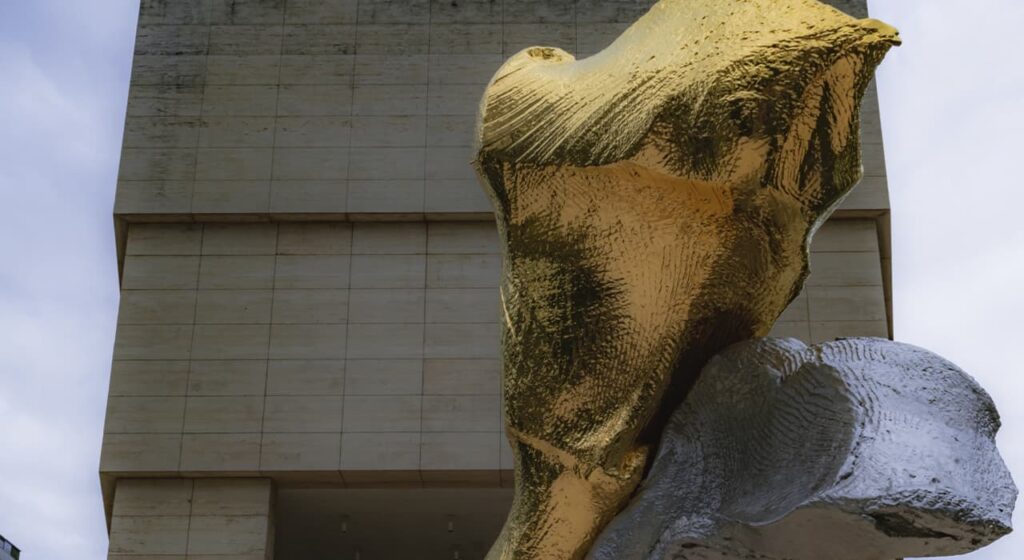A type of sculpture, one of the most important areas of easel art.
Easel sculpture includes various types of sculptural composition (head, bust, belted or three-quarter image, figure, group), various genres (portrait, narrative, symbolic or allegorical composition, animalistic – the image of the animal world).
In the last decades of the 20th century genres that were unusual for sculpture – still life and landscape (mostly in ceramic sculpture) – emerged. New forms of easel sculpture appeared – abstract compositions, objects on the verge of an object, technical construction and sculpture. easel sculpture uses different technical methods – modeling, cutting, carving, casting, hammering, forging, embossing, welding, various materials – stone, metal, wood, clay, gypsum, ceramics, glass, plasticine, wax, synthetic polymeric compounds. Ready-made objects borrowed from everyday life or technical sphere can also be introduced into the composition.
Easel sculpture, both cult and secular, has been known since antiquity: it was widespread in the art of the Ancient East and antiquity (portrait, votive sculpture, small plastics). In Modern times easel sculpture meant work intended for exhibitions, museums, public and private interiors (in the 19th century the notion of “cabinet sculpture” arose) and for sale on the art market.
Easel sculpture is intended for perception from a close distance, it is not connected with the objective environment and the architecture of a particular interior, it assumes continuous contact with the viewer, encouraging him to empathize. The usual size of easel sculpture is less than natural size, equal to it or slightly higher.
Easel sculpture is characterized by narrative, psychological, often using the language of metaphor and symbol. By virtue of the relative independence of the surrounding environment and the architectural situation, as well as the diversity and mobility of used techniques easel sculpture can have a pronounced experimental character. It can easily embody new ideas, comprehensively manifested features of the author’s individuality.
In the XX century easel sculpture, expanding its species and genre boundaries, is getting closer to painting, arts and crafts, architecture and theater.
